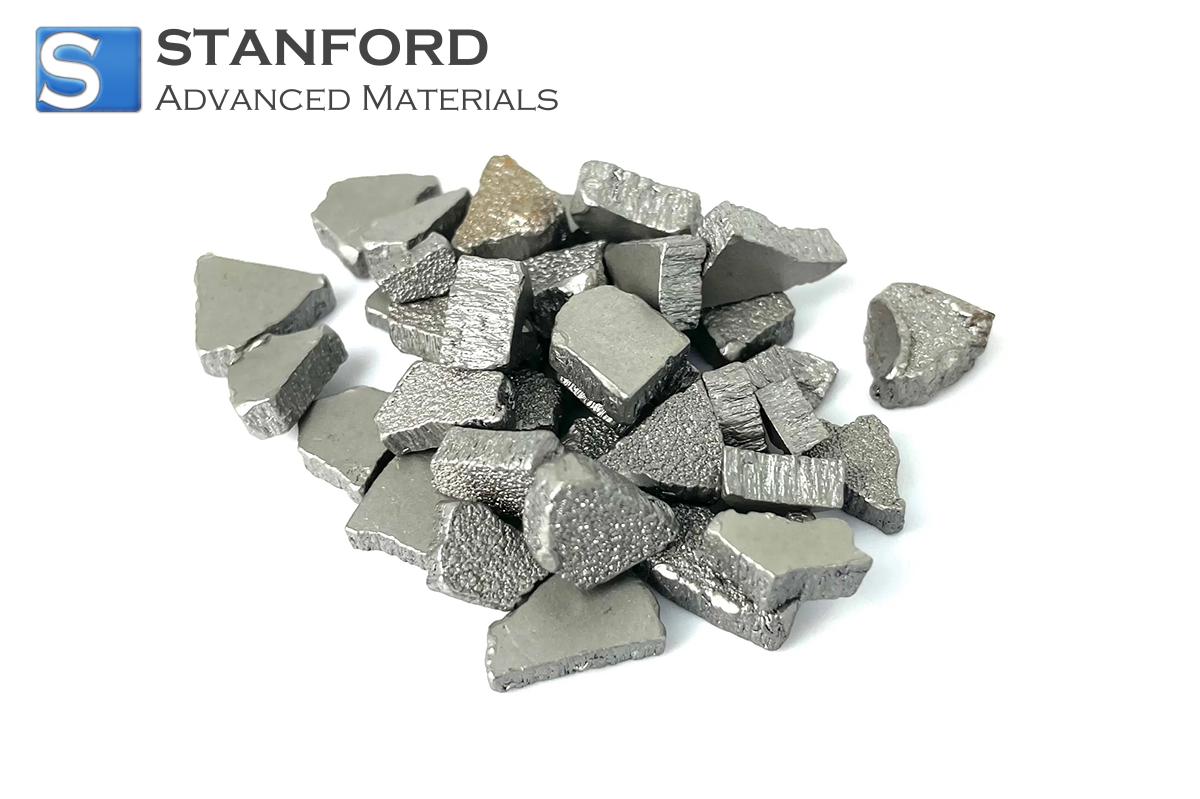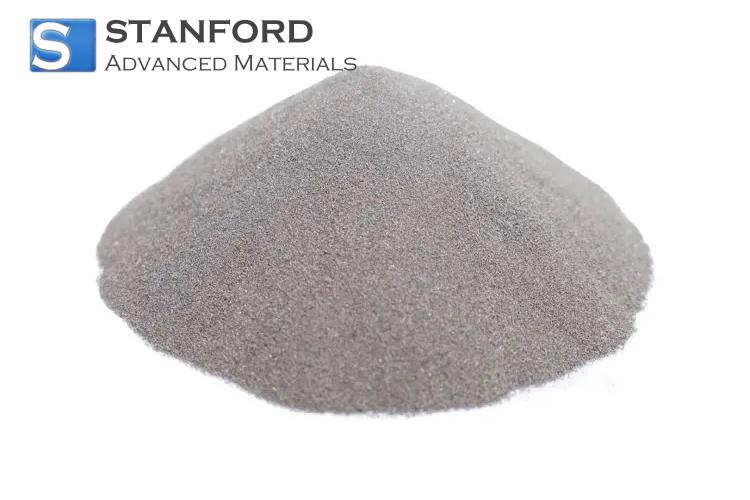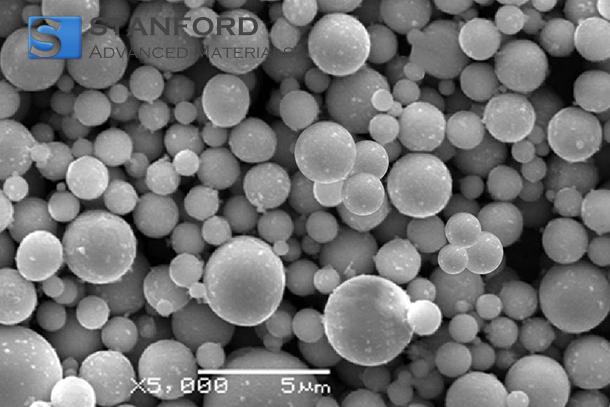Density: Measurement And Common Materials
What is Density?
Density is a fundamental property of matter that describes the amount of mass contained in a given volume. It is a critical parameter in various scientific and technical applications that influences material selection and behaviour under different conditions.
Measurement of Density
Accurate measurement of density is indispensable in both the laboratory and industry. Several methods are typically used:
Mass and Volume Method
The simplest method to determine density involves measuring the mass and volume of an object and then applying the formula:
Density = Mass / Volume
Archimedes' Principle
In this method, an object is immersed in a fluid to determine its volume based on the displaced fluid; this volume is then used to compute the density.
Pycnometer Method
A pycnometer is a specialised container used to measure the density of liquids and solids with high precision by determining their volume through displacement.
Density of Common Materials
The following table summarises the density of common materials. Density is the mass per unit volume and is typically measured in grams per cubic centimetre (g/cm³) or kilograms per cubic metre (kg/m³).
For quick and straightforward results, try our density unit converter. Also visit our toolbox page for further useful tools.
|
Material |
Density (g/cm³) |
Density (kg/m³) |
Remarks |
|
2.70 |
2 700 |
Light; it is frequently used in the aerospace and automotive industries. |
|
|
Copper |
8.96 |
8 960 |
A heavy metal with high electrical conductivity. |
|
Steel (Carbon Steel) |
7.85 |
7 850 |
A common construction material; it is strong and durable. |
|
Cast Iron |
6.90 |
6 900 |
Used in high-load applications such as engine blocks. |
|
4.43 |
4 430 |
Strong, light and corrosion-resistant. |
|
|
Stainless Steel (304) |
7.93 |
7 930 |
Corrosion-resistant; used in food processing and marine environments. |
|
Brass |
8.50 |
8 500 |
An alloy of copper and zinc; used for sanitary and electrical applications. |
|
Lead |
11.34 |
11 340 |
Very dense; used in radiation shielding and batteries. |
|
19.25 |
19 250 |
Extremely dense; used in high-temperature and radiation protection applications. |
|
|
Nickel |
8.90 |
8 900 |
Frequently used in alloys and as a coating for corrosion resistance. |
|
Gold |
19.32 |
19 320 |
A dense, highly valued precious metal. |
|
Silver |
10.49 |
10 490 |
A valuable metal used in jewellery and electronics. |
|
Wood (Oak) |
0.75-0.85 |
750-850 |
The density varies depending on the type of wood and moisture content. |
|
Concrete |
2.30 |
2 300 |
Density depends on the mix; used in construction. |
|
Glass |
2.40-2.80 |
2 400-2 800 |
Used for windows, containers and electronics. |
|
Polyethylene (Plastic) |
0.91-0.96 |
910-960 |
A light plastic commonly used in packaging. |
|
Wood (Pine) |
0.50-0.65 |
500-650 |
Lighter than oak; used in furniture and construction. |
|
Carbon Fibre |
1.60-2.00 |
1 600-2 000 |
A light, high-strength composite material. |
|
Fibre Glass |
2.50-2.70 |
2 500-2 700 |
A strong composite used in aerospace and shipbuilding. |
|
Rubber |
1.10-1.60 |
1 100-1 600 |
Used in tyres, seals and flexible components. |
|
Silicon |
2.33 |
2 330 |
Common in electronics and solar cells. |
|
1.85 |
1 850 |
A light, high-strength material used in aerospace and nuclear applications. |
Remarks: Materials with higher density (e.g. tungsten, lead) are generally used for applications that require mass or stability, whereas materials with lower density (e.g. aluminium, plastics) are preferred when weight reduction is important. Further advanced materials are available at Stanford Advanced Materials.
Applications of Density
Density plays a crucial role in several fields:
- Engineering: Selection of materials with an appropriate density for structural components.
- Geology: Identification of minerals and understanding geological formations.
- Manufacturing: Ensuring material consistency and quality control.
- Environmental Sciences: Assessment of pollutant distribution in air and water.
Factors That Influence Density
Several factors can influence a material's density:
- Temperature: Generally, density decreases with increasing temperature due to thermal expansion.
- Pressure: Increased pressure can compress materials, thereby increasing their density.
- Composition: Intrinsic density is determined by the elemental composition and molecular structure.
Frequently Asked Questions
What is the formula to calculate density?
Density is calculated by dividing an object's mass by its volume (Density = Mass / Volume).
Why is density important in material selection?
Density aids in determining the suitability of a material for specific applications based on weight and strength requirements.
How does temperature affect the density of liquids?
As temperature increases, liquids generally expand, which results in a decrease in density.
Can density be used to identify substances?
Yes, density is a unique property that can help in the identification and differentiation of substances.
What is the difference between mass and density?
Mass is the quantity of matter in an object, whereas density is the mass per unit volume of that object.

 Bars
Bars
 Beads & Spheres
Beads & Spheres
 Bolts & Nuts
Bolts & Nuts
 Crucibles
Crucibles
 Discs
Discs
 Fibers & Fabrics
Fibers & Fabrics
 Films
Films
 Flake
Flake
 Foams
Foams
 Foil
Foil
 Granules
Granules
 Honeycombs
Honeycombs
 Ink
Ink
 Laminate
Laminate
 Lumps
Lumps
 Meshes
Meshes
 Metallised Film
Metallised Film
 Plate
Plate
 Powders
Powders
 Rod
Rod
 Sheets
Sheets
 Single Crystals
Single Crystals
 Sputtering Target
Sputtering Target
 Tubes
Tubes
 Washer
Washer
 Wires
Wires
 Converters & Calculators
Converters & Calculators
 Write for Us
Write for Us





 Chin Trento
Chin Trento



